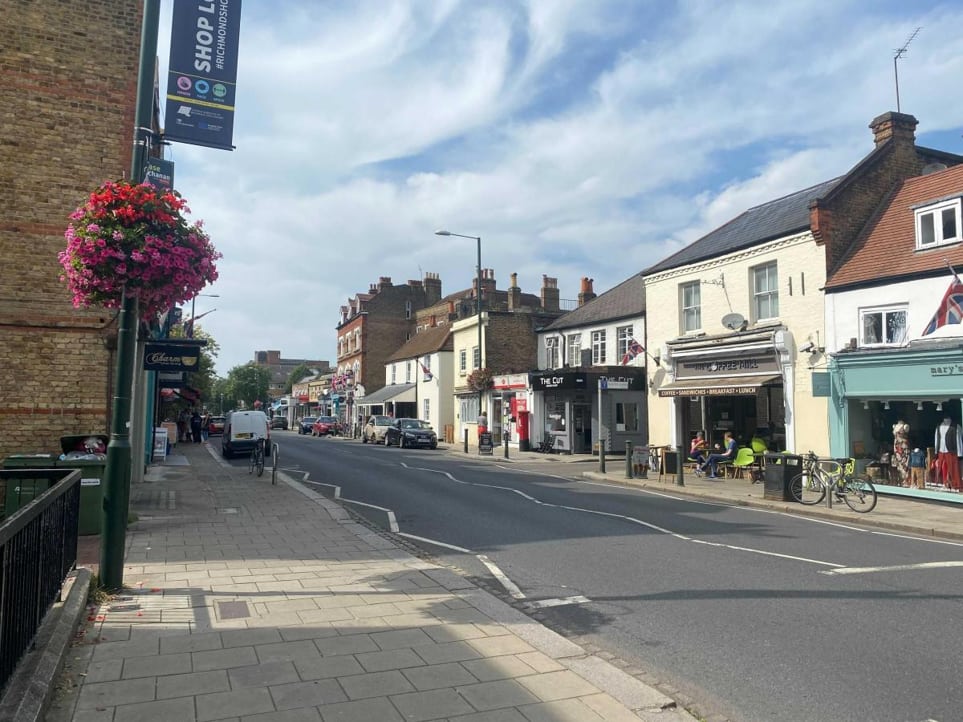Essential Steps for Obtaining Planning Permission in Richmond Teddington: A Developer’s Handbook
When embarking on a construction, renovation, or development project in London Richmond Teddington, one of the most crucial steps to consider is obtaining the appropriate planning permission. Richmond Teddington, located in the scenic London Borough of Richmond upon Thames, is an area that boasts beautiful landscapes, historical buildings, and a blend of urban and rural charm. Due to the area’s unique character, planning regulations are stringent to maintain the region’s aesthetics, historical integrity, and environmental sustainability.
Whether you’re expanding your home, changing its use, or planning a commercial development, understanding the planning permission process in Richmond Teddington is vital for ensuring your project complies with local regulations and is approved in a timely manner. In this comprehensive guide, we’ll explore everything you need to know about Richmond Teddington planning permission, from the application process to key regulations that could affect your development.
What is Planning Permission?
Planning permission is formal approval granted by the local authority that allows you to undertake certain types of development or construction on a property. This could include building new structures, carrying out significant alterations or extensions, or changing the use of a property. In Richmond Teddington, planning permission is essential to ensure that any development or construction aligns with local planning policies, safeguards the environment, and enhances the character of the area.
Without obtaining the proper planning permission, you risk facing enforcement actions, such as fines or being required to undo the work you’ve completed. In certain cases, ignoring the planning permission process could result in a legal battle or the refusal of future applications. Therefore, securing the right permissions is not just a legal requirement but also a way to avoid costly setbacks.
Why is Planning Permission Important in Richmond Teddington?
Richmond Teddington is renowned for its picturesque surroundings, including its proximity to the River Thames, vast parks, and areas of natural beauty. This gives rise to specific planning considerations that preserve the area’s charm and tranquility. The region also includes designated conservation areas and a number of listed buildings, which means stricter regulations are in place to prevent developments that would negatively impact the historical and visual character of the area.
Planning permission in Richmond Teddington is not just about ensuring that construction projects meet building codes; it’s also about preserving the environmental and aesthetic appeal of the region. The local planning authority has set policies to regulate the height, scale, and appearance of buildings to ensure new developments complement the existing landscape and urban structure. In addition, there may be particular guidelines for sustainable building practices and energy-efficient technologies in new developments.
Types of Planning Permission You May Need
There are various types of planning permission in Richmond Teddington, depending on the scope and nature of your proposed development. Here are the most common types you may encounter:
1. Full Planning Permission
Full planning permission is required for significant developments that involve new buildings, major alterations, or changes to the property’s use. This type of permission includes a detailed application with plans and specifications that outline the scope of work. Full planning permission is required for:
- Building new residential or commercial properties
- Major home extensions (e.g., double-storey extensions)
- Significant changes to the layout or design of an existing building
- Conversions or changes of use (e.g., turning a house into a business or vice versa)
2. Householder Planning Permission
For homeowners looking to extend their property or make other minor changes to the structure, householder planning permission may be required. This typically applies to smaller projects, such as:
- Single-storey extensions
- Loft conversions
- Garage conversions
- Changes to the appearance of the home, such as adding windows or doors
Although householder planning permission generally involves less complex applications than full planning permission, it is still necessary to ensure that your development complies with local regulations and doesn’t negatively affect the surrounding area.
3. Permitted Development Rights
Some small-scale developments may not require full planning permission under the “permitted development rights” framework. This refers to certain types of building work or changes that are automatically permitted without the need to apply for planning permission. However, these rights are subject to restrictions, especially in conservation areas, on listed buildings, or for properties with specific designations.
Examples of developments that may fall under permitted development rights include:
- Rear garden sheds or other outbuildings
- Minor roof alterations (subject to certain limits)
- Solar panel installations
It is important to check whether your project qualifies for permitted development rights, as they can vary based on the type of property and location.
The Planning Permission Process in Richmond Teddington
Securing planning permission in Richmond Teddington involves several stages, from initial research to submission and approval. Here’s a step-by-step breakdown of the process:
1. Pre-Application Advice
Before submitting a formal application, many developers and homeowners choose to seek pre-application advice from the Richmond upon Thames Planning Department. This is a voluntary service where planning officers provide informal guidance on your proposed project. Seeking advice at this stage can help identify any potential issues early on, such as whether the project is likely to be approved or if any adjustments need to be made.
Pre-application advice can also provide insights into local planning policies, design guidelines, and any constraints specific to your property, such as being within a conservation area or subject to listed building status.
2. Submitting Your Application
Once you have received any necessary pre-application advice and finalized your plans, you can submit your planning application to the Richmond upon Thames Council. The application must include detailed plans, elevations, and a design and access statement, outlining how the proposed development complies with local policies and regulations. The application can be submitted online via the Richmond upon Thames Planning Portal.
3. Consultation and Review
After submission, your application will be reviewed by the planning authority. During this time, the council may consult with various stakeholders, including neighbors, conservation groups, and environmental agencies. It is essential to engage in this process and address any concerns or objections raised during the consultation period, as these can significantly impact the decision on your application.
4. Decision and Approval
Following the review and consultation period, the planning authority will make a decision on your application. This can take several weeks, depending on the complexity of the project and the level of consultation required. If your application is approved, you will receive formal planning permission, allowing you to proceed with the development.
In some cases, the planning authority may impose conditions on the permission, such as restrictions on building materials, working hours, or landscaping requirements. It is essential to carefully review and adhere to these conditions to avoid any future compliance issues.
5. Appeals Process
If your planning application is refused, you have the option to appeal the decision. The appeals process allows you to present your case to an independent inspector who will review the application and provide a final ruling. If the appeal is successful, planning permission will be granted with or without modifications.
Key Considerations for Planning Permission in Richmond Teddington
When applying for planning permission in Richmond Teddington, there are several key factors to consider:
- Conservation Areas and Listed Buildings: Richmond Teddington includes many conservation areas and listed buildings, which are subject to stricter planning regulations. If your property is within a conservation area or is a listed building, additional permissions and considerations may be required.
- Sustainability and Environmental Impact: Richmond Teddington places a strong emphasis on sustainable development practices. Incorporating green technologies, energy-efficient materials, and environmentally-friendly building practices can improve the chances of your application being approved.
- Community and Neighbourhood Impact: The planning authority will assess the impact of your development on the surrounding community and neighborhood. Projects that negatively affect neighbors, such as those that cause overshadowing, loss of privacy, or significant traffic disruptions, may face opposition.
- Local Design Guidelines: Richmond Teddington has specific design guidelines aimed at preserving the aesthetic character of the area. Your development should complement the existing architectural style and scale of the neighborhood.
Conclusion
Navigating the planning permission process in Richmond Teddington requires careful consideration of local regulations, design principles, and environmental factors. Whether you’re planning a small-scale home extension or a larger commercial development, understanding the specific requirements for your property is essential to ensuring a successful application. By seeking professional advice, conducting thorough research, and adhering to the planning guidelines, you can increase the likelihood of your project being approved and contribute to the continued growth and preservation of this beautiful area.



No responses yet